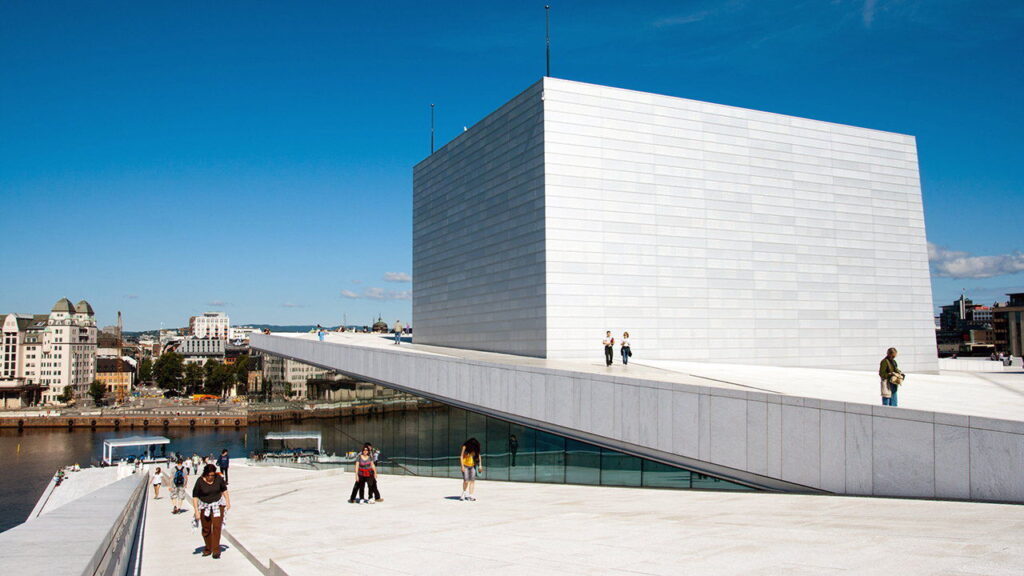In recent years, the economy of Norway has seen significant growth, marked by a robust GDP and low unemployment rates. This impressive performance suggests that the nation is on a prosperous path, benefiting from various sectors such as oil and gas, renewable energy, fisheries, and advanced technology. However, in stark contrast to this thriving economic backdrop, the value of the Norwegian krone (NOK) has been steadily declining, raising questions and concerns among economists, businesses, and everyday citizens alike. Understanding the dynamics behind this paradox becomes essential in discerning Norway’s economic landscape.
One of the primary factors contributing to the depreciation of the krone is the ongoing volatility in the global oil market. Given that Norway is one of the world’s largest exporters of oil, fluctuations in oil prices directly impact the value of the krone. For instance, a downturn in global oil prices not only reduces national revenues but also diminishes investor confidence in the Norwegian currency. This scenario creates a ripple effect, where a weaker krone can lead to increased costs for imports, compounding the inflationary pressures within the economy. As Norway navigates an era of fluctuating energy demands and geopolitical tensions, the dependency on oil revenue continues to be a double-edged sword.
In addition to external factors, domestic conditions also play a crucial role in the performance of the krone. The Norwegian central bank, Norges Bank, has been adjusting its monetary policy in response to changing economic conditions, including interest rates and inflation targets. While low-interest rates can spur economic activity and consumer spending, they can also lead to a weaker currency as investors seek higher returns elsewhere. The recent decisions by Norges Bank to maintain lower rates amidst a tightening global monetary policy landscape further complicate matters, resulting in less international appeal for the krone. As a result, capital flows into Norway may not be sufficient to bolster the currency, perpetuating its downward trend.
Moreover, inflation is another significant factor influencing the value of the krone. While the economy grows and production ramps up, rising prices for goods and services can erode purchasing power. The surge in inflation rates can be attributed to various factors, including supply chain disruptions caused by the COVID-19 pandemic, rising energy costs, and increased consumer demand. As inflation rises, the real value of the krone declines, prompting concerns about living standards and economic stability. This situation could lead to a vicious cycle where higher costs further diminish consumer confidence, exacerbating the decline of the currency.
Furthermore, Norway’s unique socio-economic model plays a role in this conundrum. The country has a strong welfare state supported by oil revenues, fostering an environment of robust public services and social safety nets. However, as the government invests heavily in public expenditure, the balance between funding and economic growth becomes increasingly delicate. Investors may worry about the sustainability of such financial commitments, leading to speculation and uncertainty surrounding the krone’s future. The need to diversify the economy away from oil dependency is becoming pressing, and failure to do so could undermine the currency’s long-term stability.
In conclusion, while Norway’s economy continues to flourish, the persistent depreciation of the krone illustrates a multifaceted economic dilemma. Factors ranging from global oil market fluctuations, domestic monetary policy adjustments, inflationary pressures, and the implications of the welfare model converge to create a complex picture. As Norway works to strengthen its economy and mitigate reliance on volatile energy markets, addressing the underlying causes of the krone’s decline will be crucial. Policymakers must navigate this intricate landscape, balancing growth with the challenge of maintaining currency value, ultimately shaping the future of the Norwegian economy and its citizens. The journey ahead remains laden with challenges, but with strategic planning and adaptation, Norway could pave the way for a more resilient and stable economic environment.



